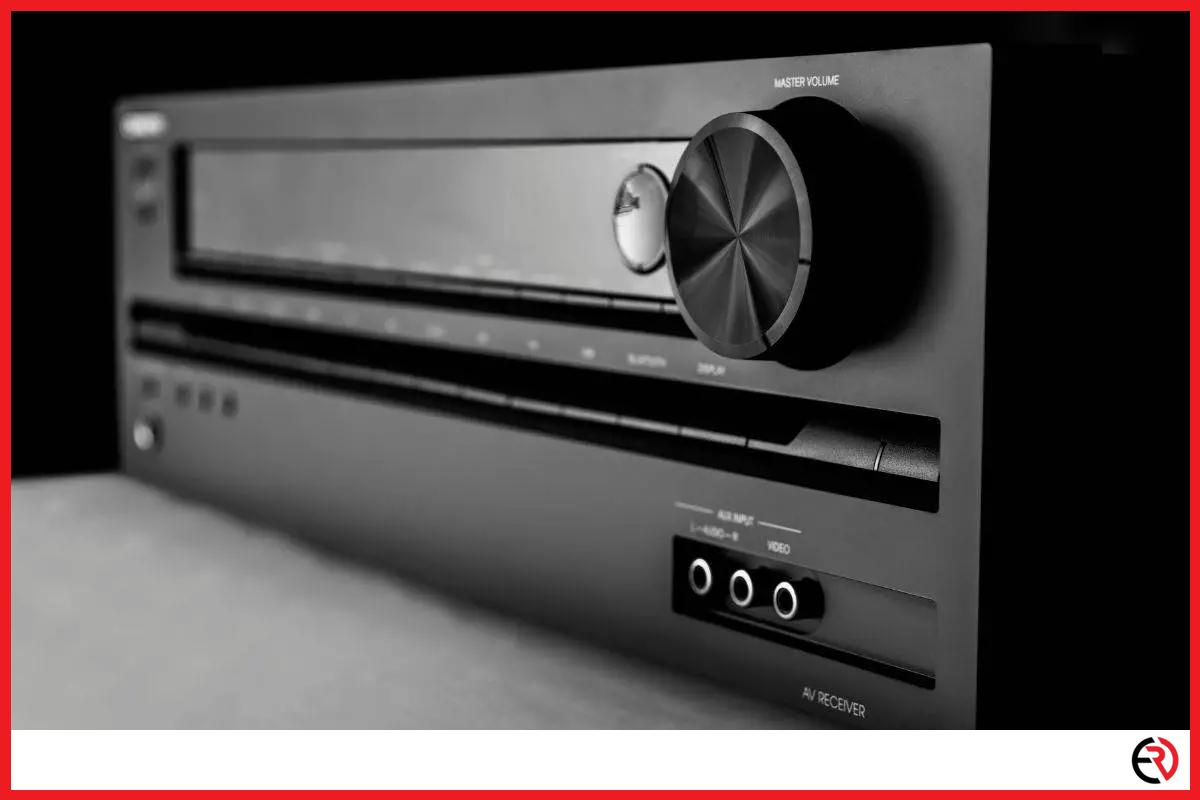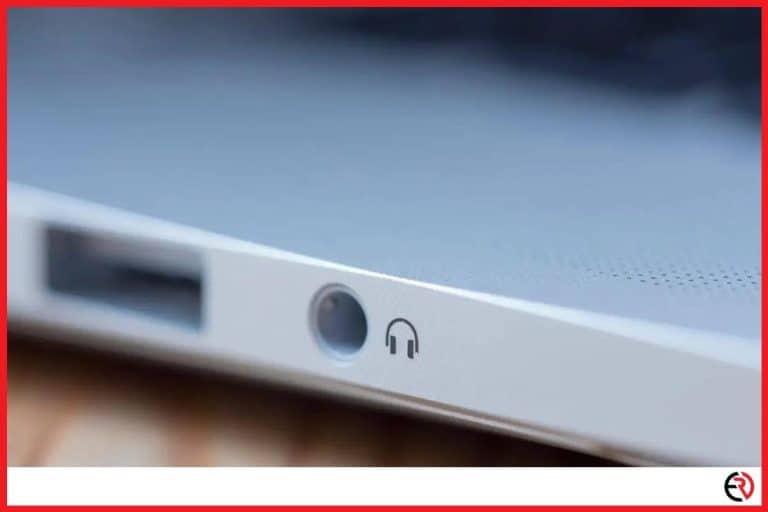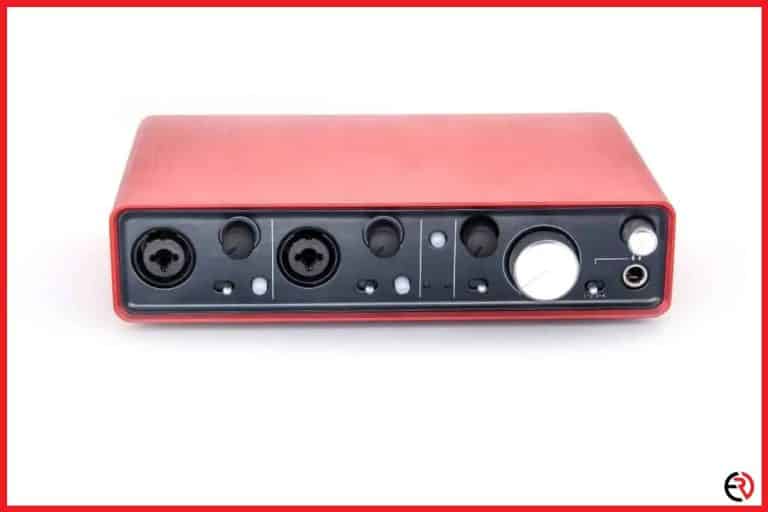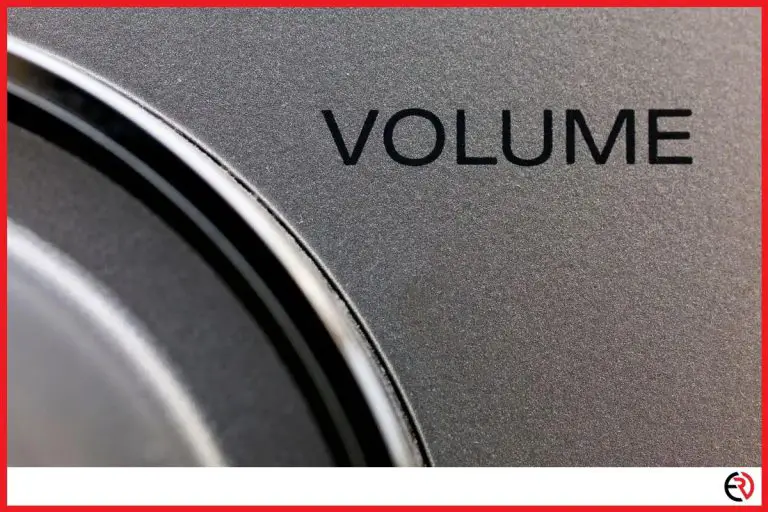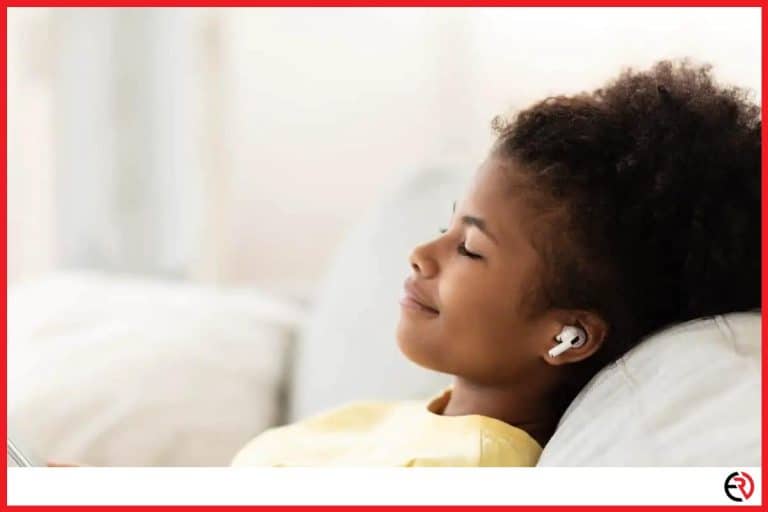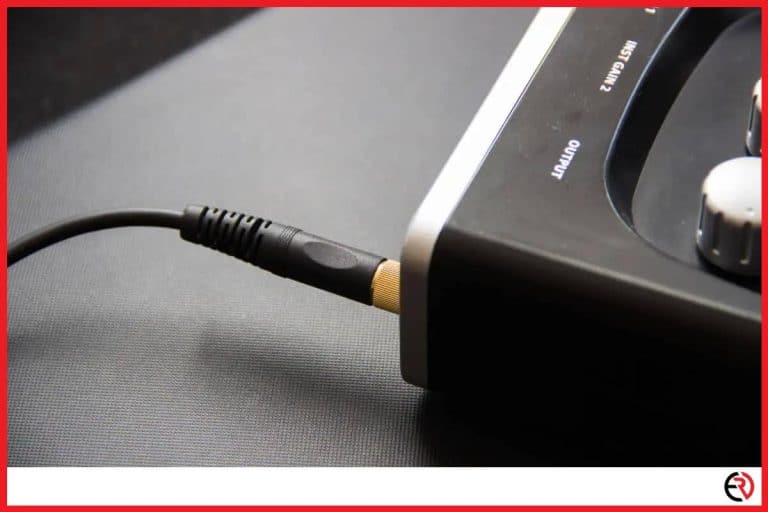How to Record Audio From an Amplifier to Mobile Phone?
This post may contain affiliate links which means that, if you choose to make a purchase, I may earn a small commission at no extra cost to you.
With a list of ever-increasing features, smartphones have become more flexible than ever. The list of stuff they can do is never ending, and in this article, I will be walking you through one of the best features of them all, so that you can record high-quality audio directly from an amplifier/mixer to your mobile.
There are several ways you can record audio from an amplifier to a mobile. The easiest and cheapest way to do so is to take the output from your mixer, pass it through a TRS to a TRRS adapter, and plug it into your headphone’s audio/charging port.
The trick can be extremely helpful if you use your phone to record live content for online platforms. It greatly enhances the quality of the recording, but not as much since you are still limited by your phone’s hardware.
Record audio from your amplifier to your mobile phone (the cheapest method)
As stated before, there are multiple ways to record audio directly from the mixer/amplifier to your phone, and I will be covering all of them, starting from the cheapest to the more expensive options that give better audio clarity.
1. You will need a 3.5 mm TRS to Dual 1/4“ TS Stereo breakout cable. The Hosa CMP-159 cable came highly recommended on Amazon and I have been using it for a while without any issues whatsoever.
2. Most phones do not support a TRS input, so you will also need a TRS to TRRS adapter.
3. Insert the cables into the left and right outputs of your amplifier/mixer.
4. Insert the other end of the breakout cable into the adapter and finally connect it to your headphone jack.
5. If your phone does not have a headphone jack, then you will also need a 3.5 mm to Type C/ micro USB adapter.
Note that the resulting audio quality in this process will not be optimal since you are going through multiple adapters and connections. Also, most people confuse the input with the output and wonder why the audio quality is so bad. The output from the headphone port is stereo, but the input is mono only. So anything you record will be mono only. You’ll need additional devices to make stereo recordings.
Record higher quality stereo audio from an amplifier to a mobile phone
Using an audio interface greatly boosts the audio quality of your recordings. I will start off with a cheaper audio interface and move on to a more premium one that records even higher-quality audio.
1. You will need an audio interface, to begin with, and if you are just starting out/experimenting, I recommend the Behringer U-control UCA 222 USB audio interface. It lacks onboard-level control but does a decent enough job for the price range.
2. Next you will need an OTG adapter and a TS to RCA cable to connect the audio interface to the mixer/amplifier.
3. Connect the audio interface to your phone with the OTG cable.
4. The audio interface now acts as an input to your phone, as well as an output from your phone to an external device.
5. Take the left and right main outputs from the mixer/amplifier and connect them to the left and right inputs of the audio interface. Now your recordings will be directly transferred to your phone via the audio interface.
6. Since the audio interface does not have any onboard level controls, you will have to adjust the output levels directly from the mixer/amplifier.
You should hear a decent quality upgrade over the previous recording method where we used just the breakout cables. However, if you are looking for even higher-quality recordings, refer to the next option.
Record the best quality stereo audio from an amplifier to a mobile phone
For this step, you will need an even better audio interface. It significantly boosts the audio quality and provides several other features, which I will be discussing now. Let’s begin!
1. Let’s start with the audio interface. I highly recommend the Focusrite Scarlett 4i4 3rd Gen USB audio interface. It’s a bit on the expensive side, but the enhanced audio quality is well worth the extra investment.
2. Repeat steps 2, 3, and 4 from the previous section.
3. Since we are using a higher-quality audio interface, we will need to choose the cables carefully. If you are using a mixer/amplifier with unbalanced audio outputs, then only use 1/4“ TS cables. In the case of balanced outputs, you can use TRS cables instead.
4. The Focusrite Scarlett 4i4 has onboard level controls, letting you adjust the gain directly from the interface.
This is the most expensive and premium setup that I can recommend. You can buy better amplifiers or audio interfaces, but remember that your phone’s hardware also factors into the recording quality. So if the quality is not meeting your expectations, it’s probably your phone’s fault since you are already using top-of-the-line recording equipment.
Tips for recording with your mobile
Mobile recording is not ideal, at least not without the right setup. Here is a list of tips you should always consider when setting up your equipment, especially if it’s outdoors.
1. Recording via USB is better compared to your headphone jack (TRRS). Buy an audio interface if you can afford it.
2. Make sure the mic you pick is compatible with your mobile. I once bought one with a TRS connector and it failed to record any audio at all. So if you are using the headphone jack, remember that you need a TRRS adapter to connect your mic to your phone.
3. Watch your sound levels. The Open Camera app has a built-level indicator. Enable it to avoid overwhelming your phone with excess audio from your mic.
4. Try to get as close to the subject as you safely can to avoid background noise.
5. Get a mic cover but if possible, avoid bad weather altogether.
6. RAW files can take up a lot of space. Get bigger storage to ensure you don’t run out of space midway through the recording session. I usually keep a phone, especially for recording purposes.
7. The hardware on iPhones is generally better, so if recording is your only priority, then investing in an iPhone is better than getting a cheap Android phone.
FAQ
How to create a recording setup on your phone?
In the case of audio recording, you can use the stock app that’s available on your phone. If you are recording video as well, it’s better to use Open Camera on Android and ProMovie on iPhones.
Open Camera lets you access additional features like an external mic and stereo audio channels if they are supported on your device. ProMovie even lets you select the audio device when filming videos, which is also a great feature.
How to choose your recording equipment?
Even if you’re just starting out, it’s better to get an audio interface. Connecting your phone directly to the amplifier will result in sub-par mono audio, which is usually not suitable for any professional platform.
Start with the audio interface and amplifier. Based on what you choose, pick your cables accordingly, since balanced and unbalanced amplifiers require different cables.
Conclusion
Smartphones cannot replace a dedicated audio recorder. They offer way too many features that your average smartphone (even the iPhone) can’t simply compete with. You can start off with a phone, but if you’re planning to become a pro down the line, then investing in a dedicated recorder is your best bet. Hopefully, you now know how to record audio from an amplifier to your mobile. Stay tuned for tech tips in future articles.

